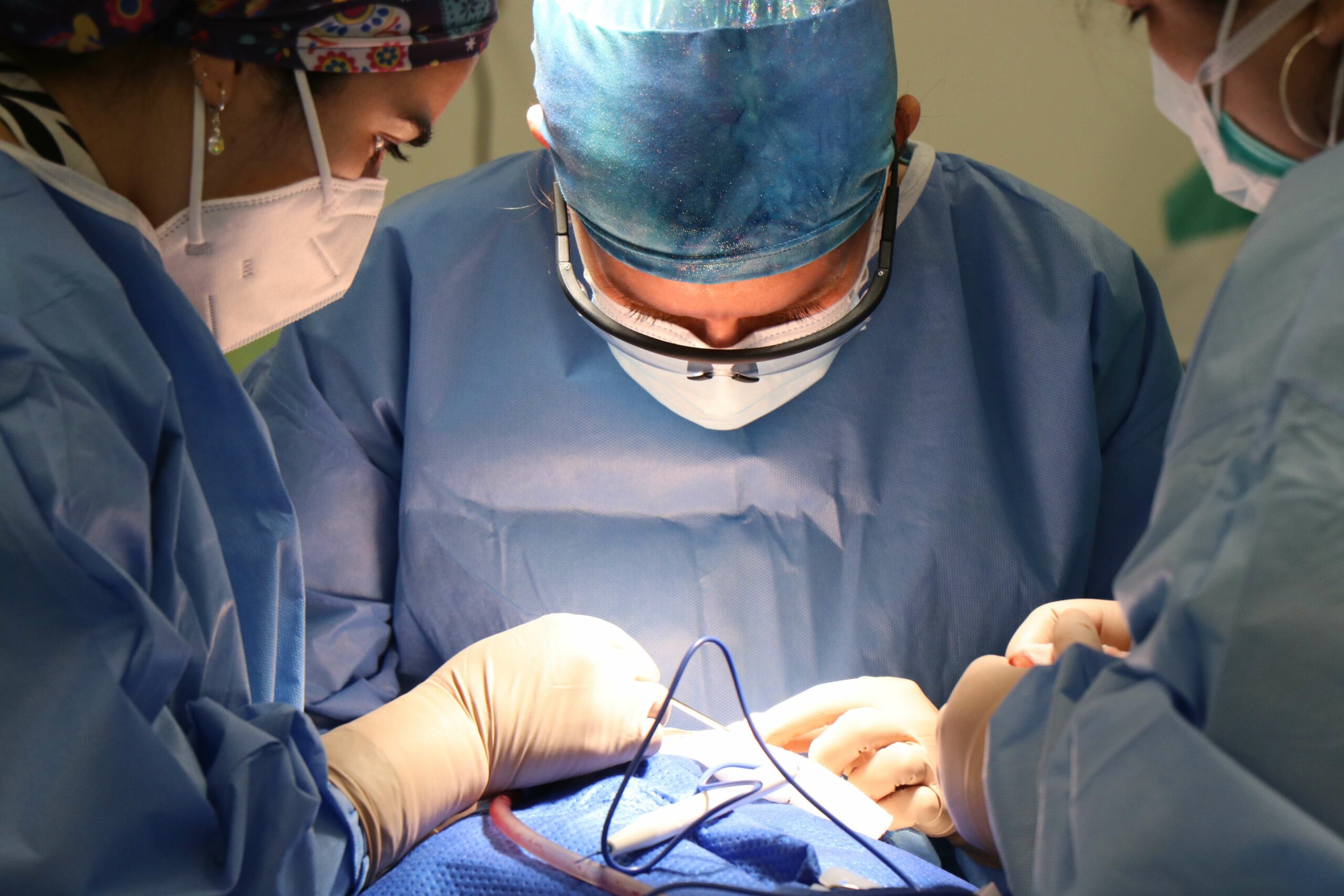If your doctor finds an abnormality such as the presence of the human papillomavirus (HPV), or cells that are precancerous, during a routine pap smear or pelvic exam, they may perform a cervical biopsy.
Your doctor might also perform a biopsy if you are experiencing unusual symptoms, such as painful intercourse or vaginal bleeding between menstrual periods.
During a cervical biopsy, a small amount of tissue is removed from the cervix which can be examined for signs of cancer. A cervical biopsy can also be performed to diagnose or treat certain non-cancerous conditions, such as genital warts or polyps.
What Can You Expect During A Cervical Biopsy?
During this procedure, your feet are normally placed in stirrups. You are then given a pelvic exam prior to the biopsy being performed. A local anaesthetic is applied to numb the cervical area unless you are undergoing a cone biopsy, in which case you will be given a general anaesthetic.
A speculum is inserted into the vagina to keep it open during the procedure. The cervix is then washed with a solution of vinegar and water which might burn slightly. Iodine may also be applied to cervix to help your doctor identify any abnormal tissues. Any abnormal tissues are then removed a with forceps, a scalpel, or a curette.
After the biopsy, your doctor may pack your cervix with absorbent material to reduce the bleeding.
What Are The Different Types Of Cervical Biopsies?
The type of biopsy used will depend on the reason for your biopsy and your medical history. Three methods are used to remove tissue samples from your cervix, namely:
Colposcopic (Punch) Biopsy
Your doctor may suggest a colposcopy if:
- your pap smear results are abnormal
- you experience bleeding after sex
- an abnormal growth is visible on your cervix, vulva, or vagina
During a punch biopsy, small amounts of tissue are removed from the cervix with an instrument called a colposcope. A colposcope is a microscope with a bright light that enables your doctor to see your cervix more clearly and under magnification. Your cervix might be stained with a dye to make any abnormalities easier to see.
Punch biopsies, performed during a colposcopy, are outpatient procedures. You may experience mild cramping and spotting after the procedure but should recover fully within a couple of weeks.
Cone Biopsy
A cone biopsy is usually performed on women who have symptoms that could be caused by cervical cancer.
During this procure a scalpel or laser is used to remove large, cone-shaped pieces of tissue from the cervix. It is done under general anaesthetic.
There is a slight risk that your cervix may narrow after a cone biopsy, which might require surgery to stretch (dilate) the cervical opening. Complete recovery from a cone biopsy may take 4 to 6 weeks.
Endocervical Curettage (ECC)
This procedure uses a hand-held instrument called a ‘curette’ to remove tissue from the endocervical canal (the region between the uterus and vagina). The curette has a tip shaped like a small scoop.
What Are The Risks Of A Cervical Biopsy?
The side effects and risks associated with cervical biopsies are usually minor. The benefits of a cervical biopsy far outweighs any potential risks. Possible complications include:
- light bleeding
- cramps
- pain
- infections
- narrowing of the cervix
- premature birth or miscarriage caused by damage to the cervix
You should advise your doctor if you develop any signs of an infection after a biopsy. These could include pain (especially in the lower abdomen), fever or chills, heavy bleeding or foul-smelling vaginal discharge.
Understanding The Need For A Cervical Biopsy
A cervical biopsy is a significant diagnostic tool used when an abnormality is detected during a routine pap smear or pelvic exam, or when unusual symptoms, like painful intercourse or abnormal vaginal bleeding, are experienced. Depending on the situation and medical history, different types of biopsies, including Colposcopic (Punch) Biopsy, Cone Biopsy, and Endocervical Curettage, may be performed.
The process involves removing a small tissue sample from the cervix for examination for signs of conditions like cancer, genital warts, or polyps. Although there may be minor risks and side effects associated with each type of biopsy, the benefits of early detection and treatment of potentially life-threatening conditions like cervical cancer are paramount.


 71–75 Shelton Street, Covent Garden, London, WC2H 9JQ
71–75 Shelton Street, Covent Garden, London, WC2H 9JQ +44 (0) 20 3376 1032
+44 (0) 20 3376 1032



